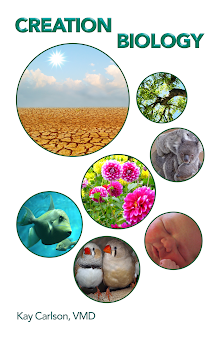
Eugene Koonin is Senior Investigator of comparative genomics at National Center for Biotechnology Information (NCBI, a division of NIH) and has written many articles. So he is on the front lines of comparative genomics. He and Yuri Wolf wrote an article in 2008: Koonin and Wolf, "Genomics of bacteria and archaea: emerging dynamic view of the prokaryotic world," Nucleic Acids Research 36, 21 (Dec. 1 2008): 6688-6719. They found there were some proteins common to many species of bacteria and archaea (one-celled organisms different from bacteria). But what surprised them was the vast amount of variety between species and the unique genes. Koonin has become part of a movement to find other explanations for evolution instead of neo-Darwinism called the Third Way of Evolution. The "evolution" part is because Koonin is committed to evolution although his move shows that he believes neo-Darwinian evolution is falsified. But these findings of comparative genomics also support direct creation of species.
Another article by J. Muller, et al., "eggNOG v2.0," Nucleic Acids Research, Database Issue 38 (Jan. 2010): D190-D195, compares various species. In the diagram there are species names in the middle with radiating lines that go out to colors of the graph. The green and orange represent genes which are related, but the outer gray areas are orphan genes which do not match other species (much easier to see in the full article at the title link).
A more recent article by Jorge Ruiz-Orera, et al., "Origins of de novo genes in human and chimpanzee," PLOS Genetics, Dec. 1, 2015, has reinforced these findings. The researcher and his group were looking for unique human and chimpanzee genes and found them. Their author summary starts:
For the past 20 years scientists have puzzled over a strange-yet-ubiquitous genomic phenomenon; in every genome there are sets of genes which are unique to that particular species i.e. lacking homologues in any other species.Homologues are related genes. As stated above, these unique genes cannot be explained by the supposed machines of evolution: mutation and selection. The complete published paper can be found at the title link.
On a related subject, a problem in the past was that in comparing genes, scientists used genes they already had to see if they were in the other organisms. This left sequences that did not match out of the loop of potential genes. However, they have begun to use other criteria, such as start and stop sequences, to now identify more non-matching areas that look like genes. This is promising to show even more unique genes.






No comments:
Post a Comment
Comments are moderated. You do not have to agree, but please be civil. Thanks for your interest.